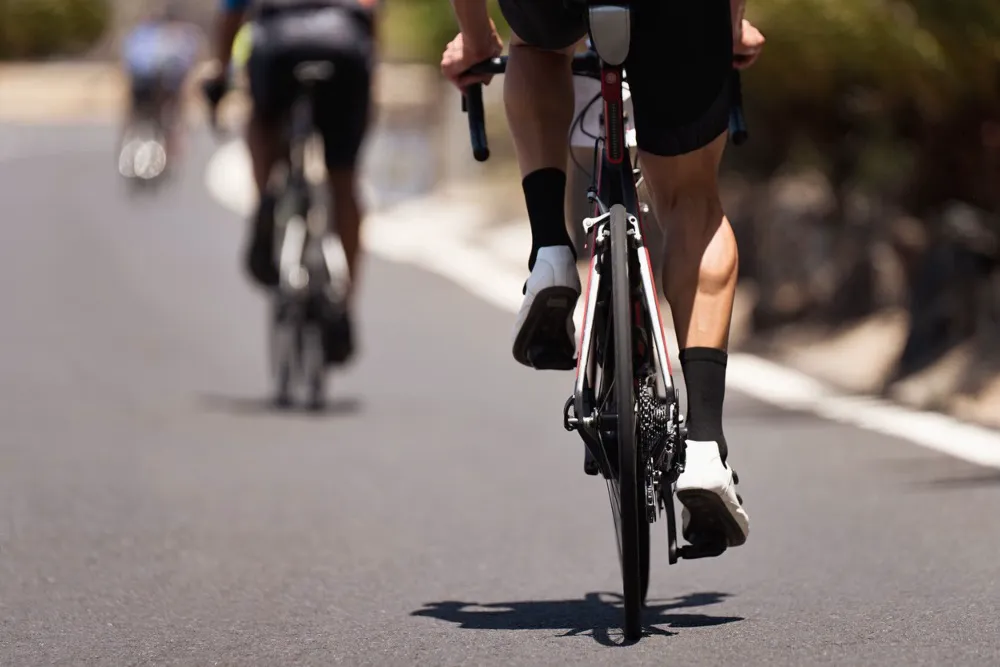Ask your doctor for a plastic fixation
Like most fractures, a broken ankle needs to be fixed. Ask your doctor to put the modern plastic fixation on your ankle. The inflatable ankle brace looks like a snowboard boot and enables you to remove it occasionally, allowing the foot to “breathe” and move your toes around.
Reduce swelling
Get rid of the swelling as soon as possible since swelling prevents optimal blood flow to the ankle and prolongs healing. To push the lymphatic swelling away from the ankle, Richard cut athletic tapes into fine strips and applied them to the joint. The moment the swelling subsides, tissue regeneration gets accelerated. To support fracture healing, he also used a comfrey ointment regularly.
Try an acupressure pad
To speed up the healing process, he needed to support the blood supply without putting additional strain on the injured joint. The acupressure pad, which is covered in hundreds of tiny bumps on the top side, served this purpose the best. The optimal use is to place the foot on it without additional pressure and let the bumps do the work.
Prevent muscle atrophy
With ankle fixation, the calf muscle inevitably weakens but you can focus on the thigh to stay fit. You can use the brace and exercise as if it were weights in a gym. Sit down and lift your leg up and down as if you were pedalling a bicycle. Moreover, move your toes one by one regularly to keep them active during fixation.

Maintain your lifestyle
Never forget to maintain a healthy lifestyle while your fracture is healing. A healthy diet will help you maintain your body weight even when sports activities are off the table. I recommend avoiding alcohol, which slows recovery significantly.
Rehabilitate
Once you put the brace aside, physical therapy and rehabilitation follow in the recovery process. The best option is to see a professional physiotherapist who will prescribe optimal exercises leading to rapid recovery. For Richard, using resistance bands has proven to be effective. There are many ways to use them. Usually, you hang the rubber on your door frame and exercise the ankle by either pushing the foot, moving it sideways or making circles in the air. In this way, you may reactivate all the tendons and muscles in the ankle and let them recollect how to work as they did before the injury. Exercise should never exceed the pain threshold. Rather than one workout a day, Richard recommends splitting the activity into up to eight short stages a day.
Use a trainer
The important thing is to get over the stage where your mind perceives the ankle as injured. As long as you perceive the ankle as injured, you spare it subconsciously while walking, which might lead to overusing the other limb, causing your spine to curve sideways. What Richard did before he could ride the bike was to use an indoor trainer with clipless pedals to prevent the injured foot from slipping while pedalling. After a slow warm-up, close your eyes and try to be aware of your whole body. Within a few minutes of practising, you become aware of your ankle doing the work on the pedal. After repeating the exercise a couple of times a day, the ankle will be fine with letting it slowly learn to cycle on the bike again within two weeks.
Be patient
Every injury is individual and will ask for different ways of healing. The same applies to subsequent rehabilitation. In general, it takes the ankle to fully recover the same amount of time it was fixed in the brace. The exercises above will not only help you improve your ankle’s condition so you can return to the bike faster but will also get you rid of the pain quicker.




